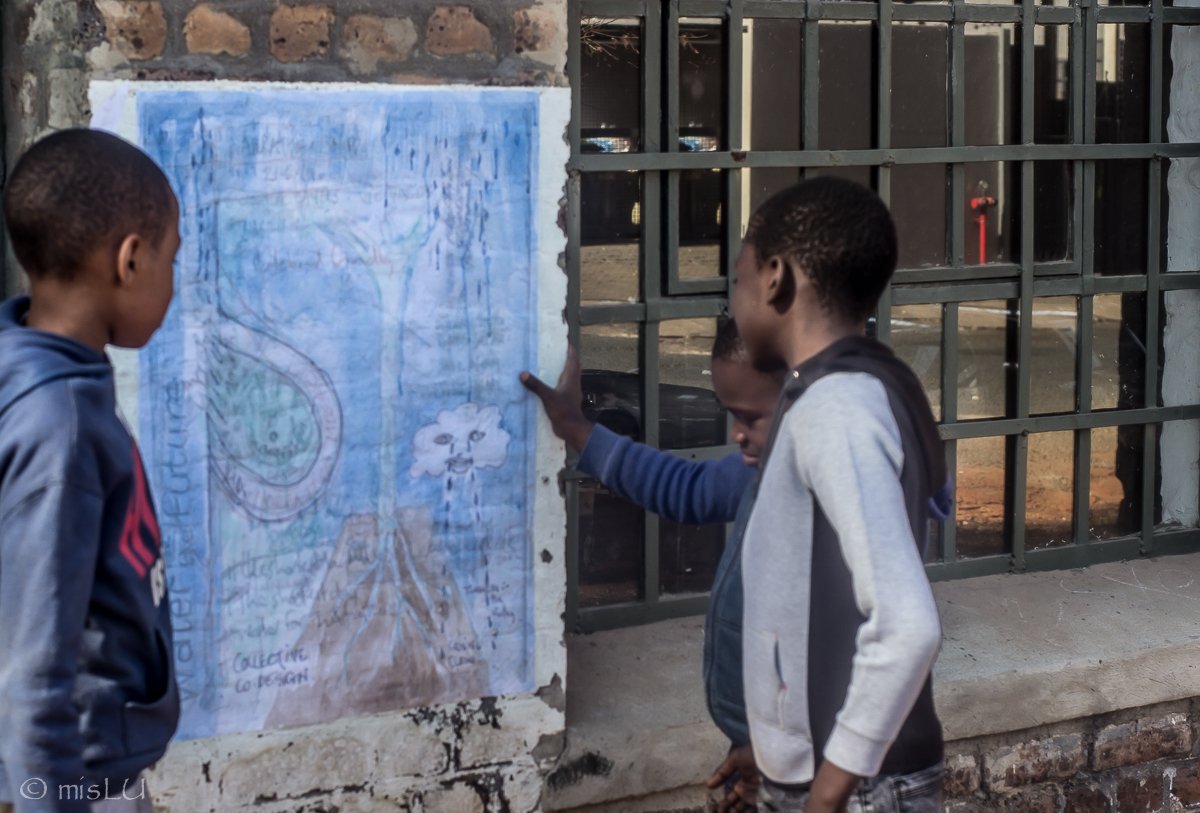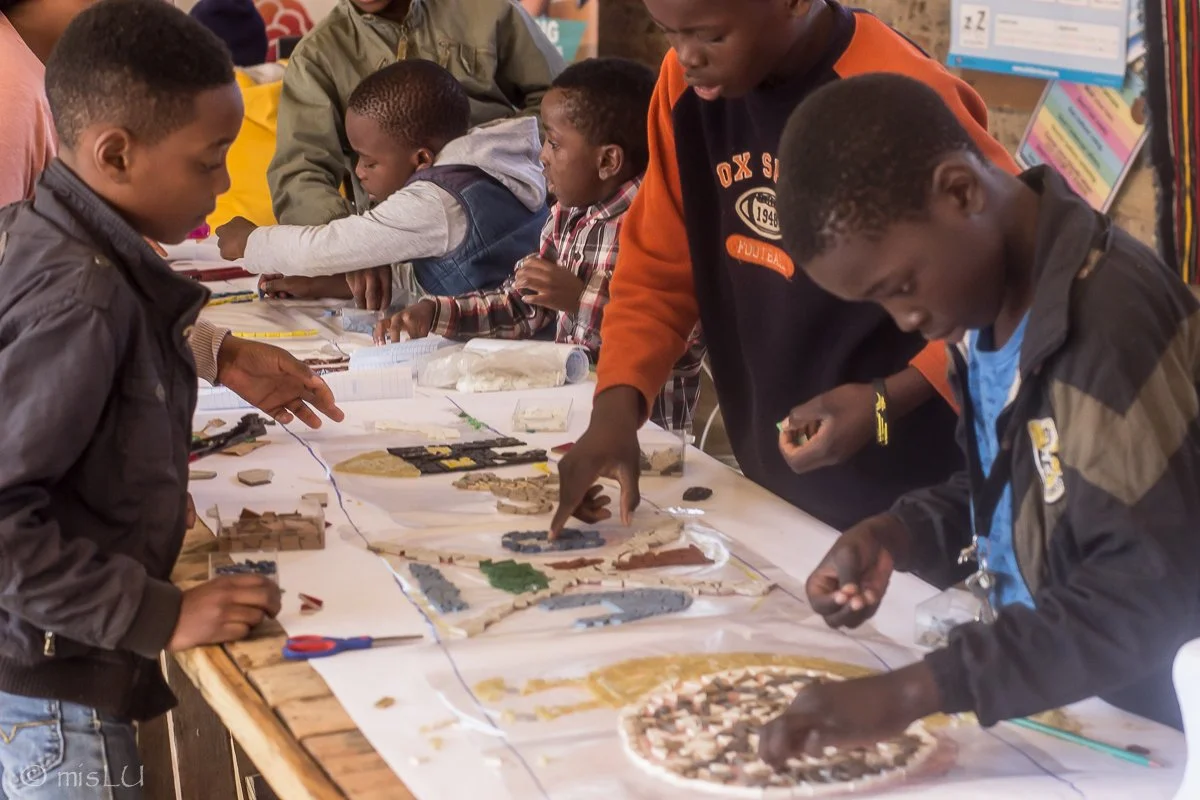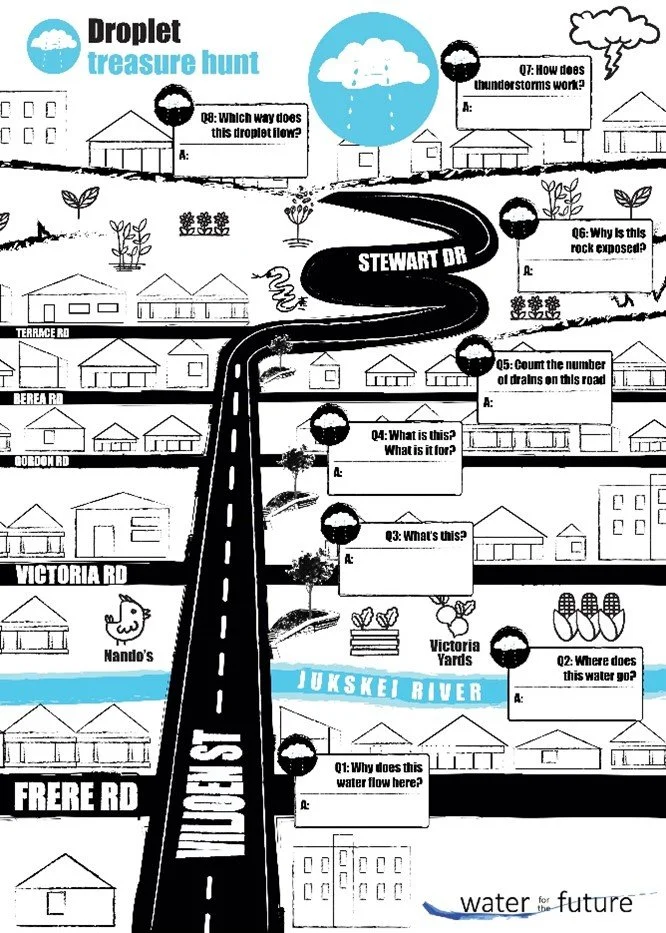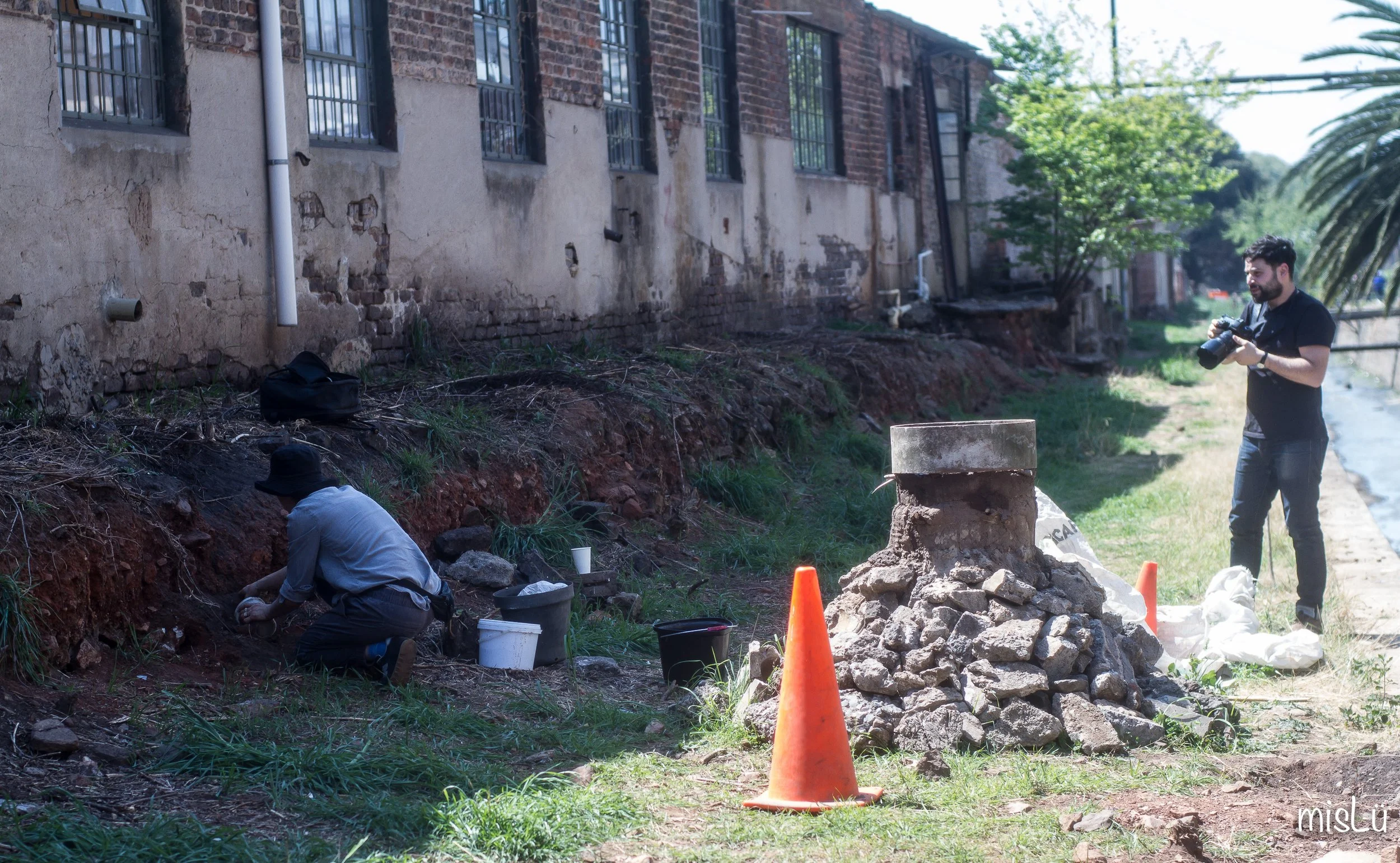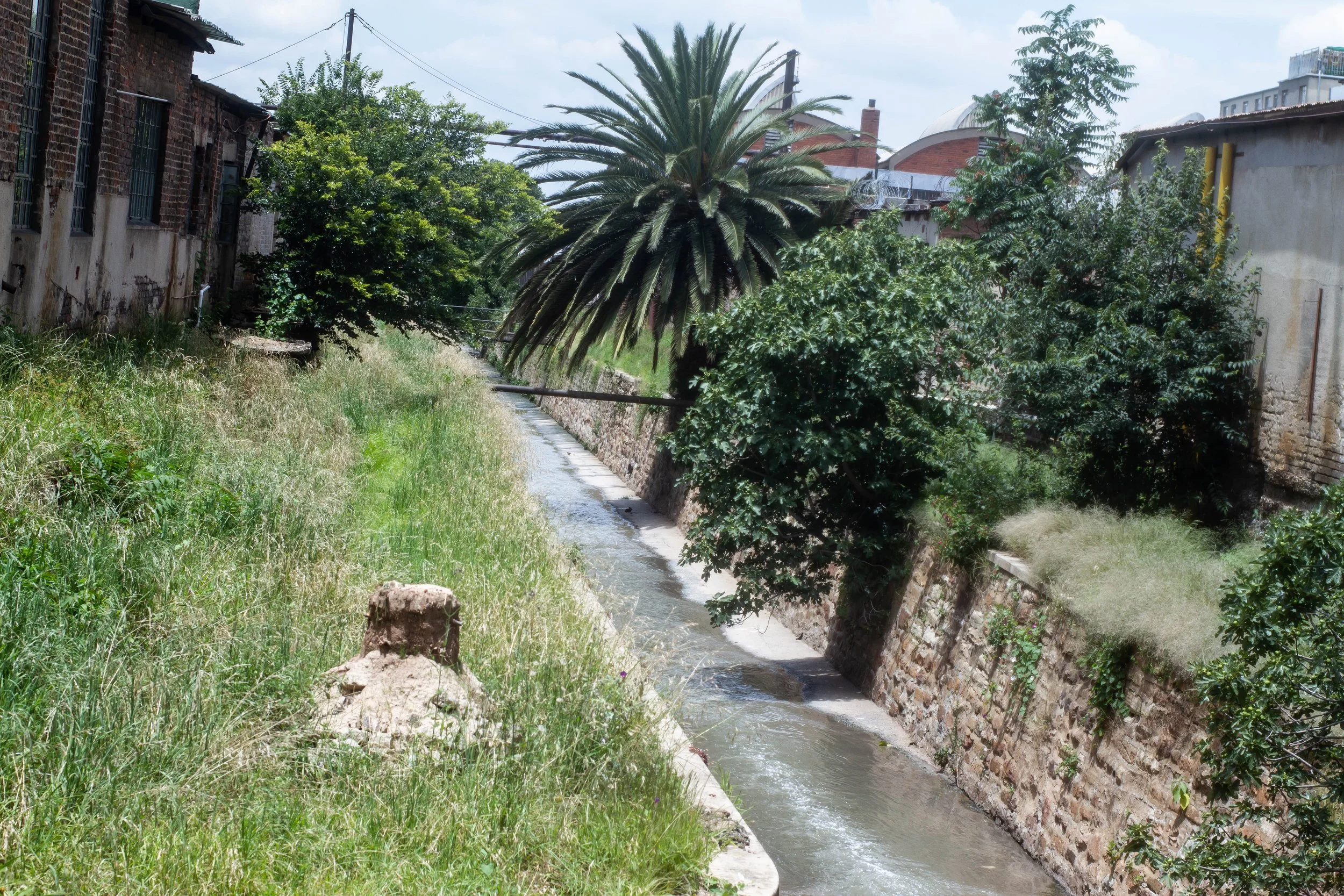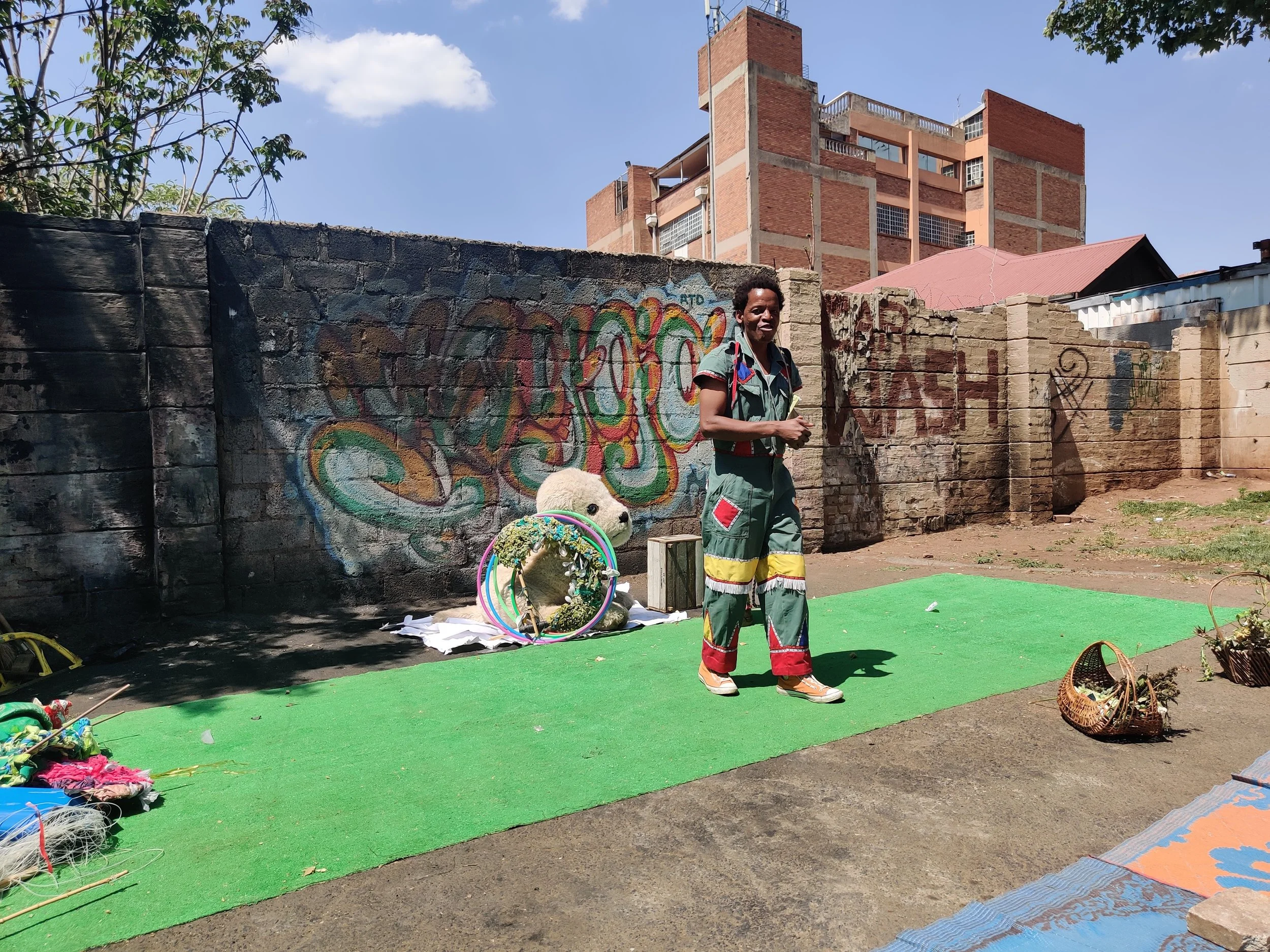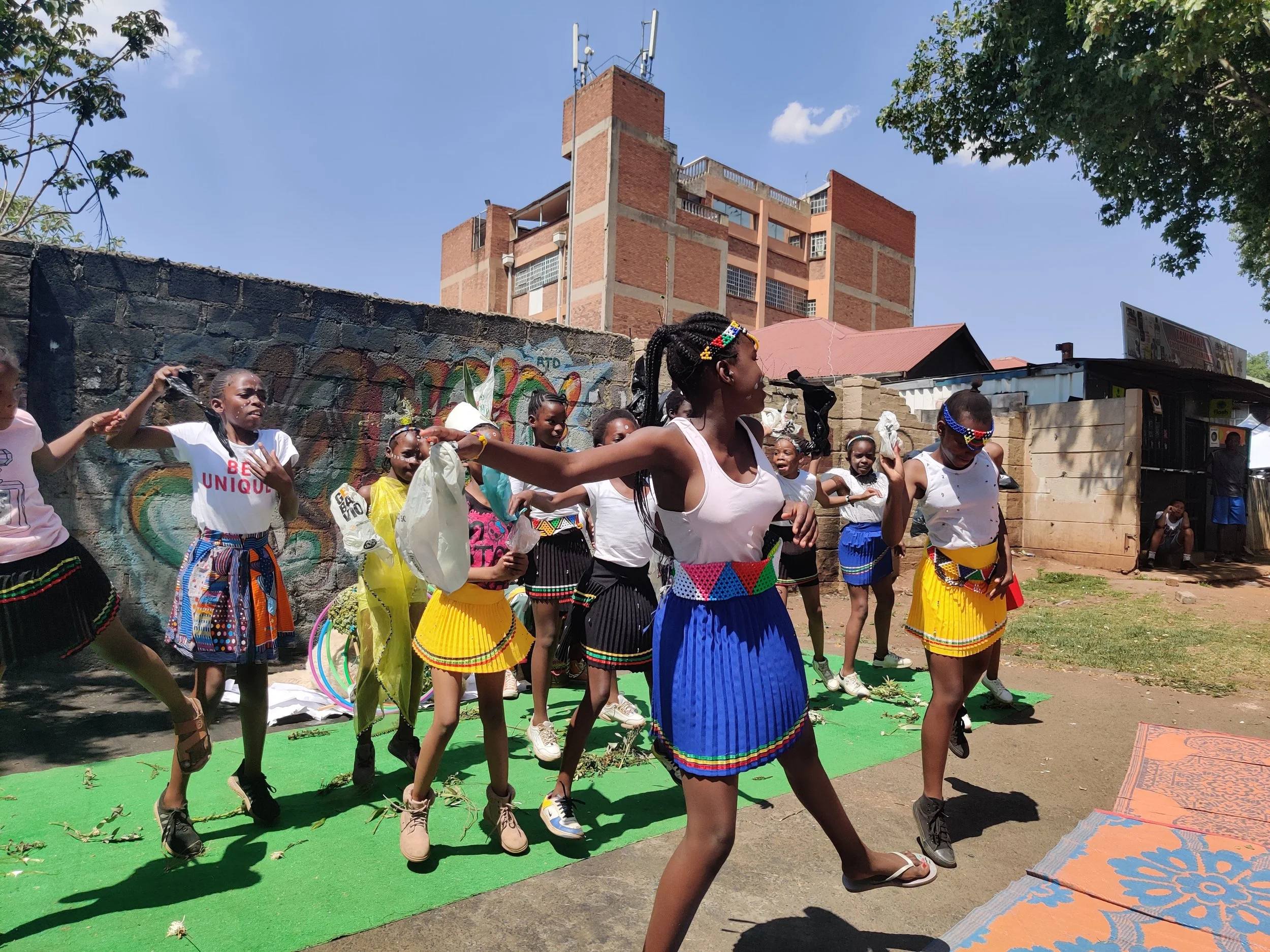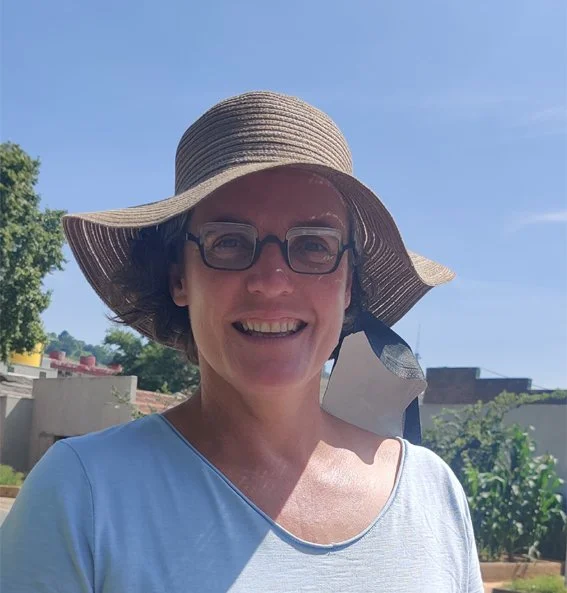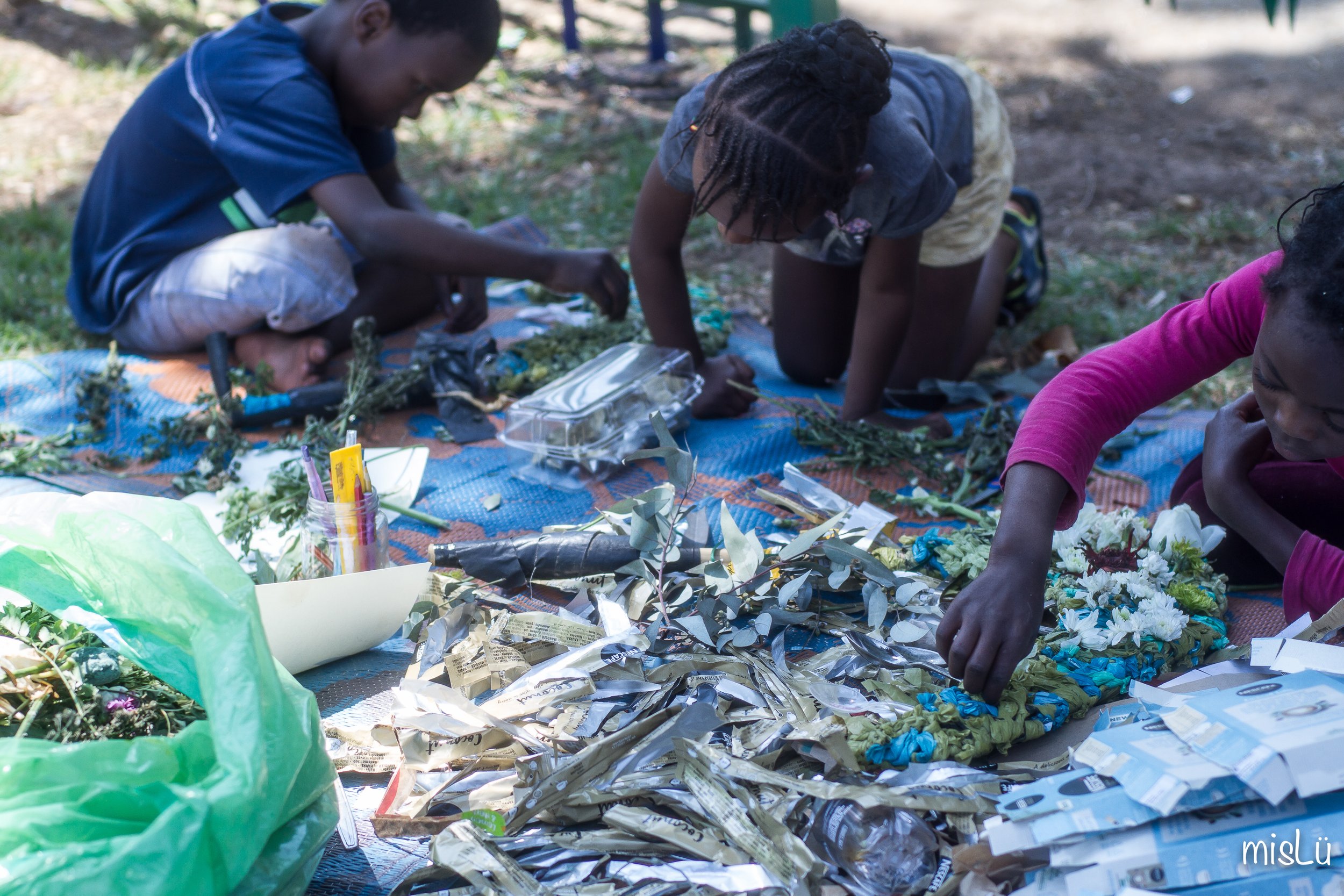
Conceptual and Community Arts Programme
Art and design are crucial tools of advocacy, expression and co-education about social and environmental experience on the Jukskei River. At Water for the Future, we incorporate creative expression as a vital facet of engaging local community and the greater public.
The construction of our Eco Tree Seat provided many opportunities for art adventures and serves as a model for our projects going forward. Children from the area were involved in a mosaic art workshop, and drew their feelings about the state of the nature. A ‘crying cloud’ drawing by a young boy became the official mascot and part of the Water Droplet Treasure Hunt which started at the Tree Seat and was aimed at kids learning about the river, and how water behaves in the catchment.
Water for the Future also engages tertiary students from The Greenside Design Center, who have lovingly produced our logo, letterheads, and original design of the website, and will be producing many amazing renders of our plans going forward.
Please scroll down to read about the diverse activities Water for the Future has been up to, and what you can expect to find on the pilot site.
Extant Rewilding 2021
Extant Rewilding is a living sculpture made by Johannesburg artist Io Makandal (1987-).
Composed of concrete debris, sand, clay, soil and seeds, the work symbolizes the relationship between living and dying in the modern-day chronicles of nature and industry, urban ecology and architecture.
Piles of concrete rubble, the result of development or repair, punctuate the city of Johannesburg. Subtly shifting one’s associations with this waste matter, the artist has shaped the pile into a mound that resonates with ancient cairns – those ritual sites of burial and memory that are found the world over.
The mound is also womb-like in its function as an atmospheric condenser. As it draws moisture back into ground-water levels, the mound becomes a site of gestation and germination.
In the center stands a pillar of sand, soil, and clay encasing endangered Soweto Highlands Grassland seeds.
The pillar represents a phallus that will slowly break down and sow the seeds, covering the concrete with wild grass to create an alternative terra-scape in the brownfields of Johannesburg city.
Environmental Theatre
We believe that educating youth can educate a household. Children are also those most affected by current polluting behaviors. Through environmental theatre, ‘edutainment’ creates messages within and for the community about water pollution and illegal dumping.
To celebrate World Rivers Day 2021, children from the valley treated the public to a rehearsal of their play on Queen Street. The kids had been coming to the WFTF pop-up information stand most afternoons to create costumes and rehearse in a spontaneous and fun-loving way – all while learning about recycling waste from their surroundings.
Together with Kyla Davis from Well Worn Theatre Company and Sibusiso Hadebe from Safe Study, Water for the Future has embarked on teaching children how to use recycled waste to create sculptures and other amazing artworks. Kyla’s incredible donation of pieces like a massive recyclable whale float, a jellyfish of nylon string, a can-turtle, and some gorgeous gold lame fishtails, have provided a springboard for the children’s own short-piece performances, puppeteering, and storytelling based around awareness of the river ecosystem.
The children were super-excited by the amazing work achievable with recyclable materials and couldn't wait to showcase their productions for World River Day 2021. Thank you to Kyla and Lungi from Water for the Future for introducing such a heartwarming and effective mode of storytelling to the children.
Thanks to the Sustainable Together Grant from the Goethe-Institut and British Council for enabling the creation of a safer and more enriching environment for children in the valley.
Contemporary artist Hannelie Coetzee is one of the originators of Water for the Future. Her noble desire to restore the river and uplift the community through art has helped to frame WFTF as one always dedicated to enabling cultural expression of the river’s position in the city, and its value for communities in the past, present and future. This page is dedicated to her strong and beautiful contribution to the organisation. While she is focusing on other projects, Hannelie is still producing work for WFTF in the form of the Wild Wall Traditional Medicine project currently underway.
